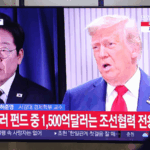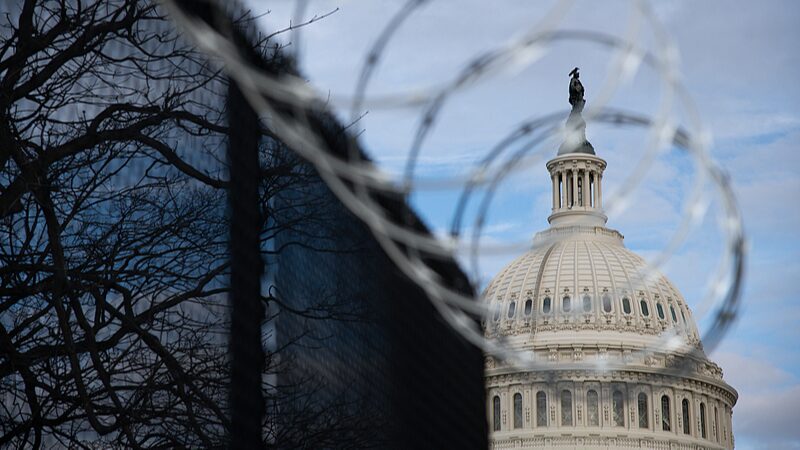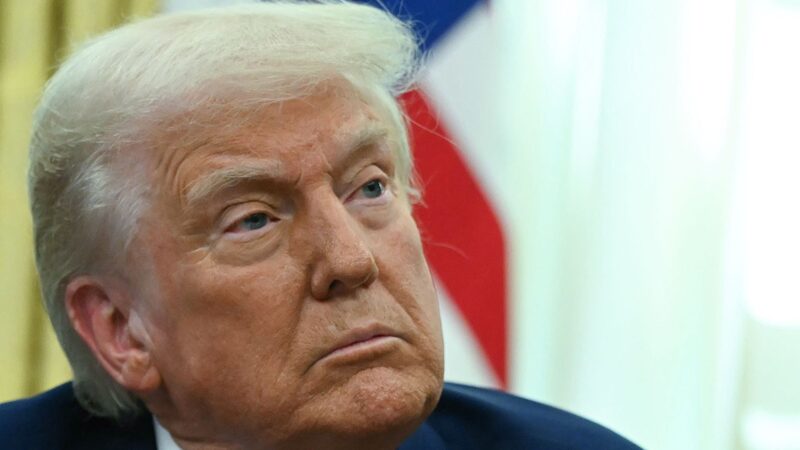U.S. President Donald Trump announced sweeping new tariffs on Wednesday, imposing a 10% baseline levy on all imports and significantly higher rates targeting over 60 countries and regions. The policy, framed as a response to perceived trade imbalances, triggered immediate market turmoil and international backlash.
Tariff Structure and Key Targets
A White House fact sheet revealed tariffs will escalate to as high as 49% for some nations, with China facing 34%, the EU 20%, and Vietnam 46%. Critical exemptions include pharmaceuticals, semiconductors, and energy resources. The U.S.-Mexico-Canada Agreement (USMCA) preserves zero tariffs for compliant goods, but non-compliant items face penalties up to 25%.
Domestic Criticism Mounts
Economists warned the tariffs risk stagflation, with Gary Clyde Hufbauer of the Peterson Institute calling the move a "pure invention" that could reduce global growth by 1%. U.S. Representative Gregory Meeks condemned the policy as a "regressive tax hike," while stock futures plummeted amid fears of a $5 trillion market loss since February.
Global Condemnation Escalates
Leaders worldwide vowed retaliatory measures. Australia’s Prime Minister Anthony Albanese noted 25% of jobs rely on trade, while Canada’s Mark Carney pledged to "fight" the tariffs. The EU warned of consequences for Western solidarity, and Brazil approved legislation to formalize countermeasures.
The tariffs, set to take effect in April, mark the most aggressive U.S. trade policy shift in decades, testing the resilience of global supply chains and diplomatic relations.
Reference(s):
cgtn.com





